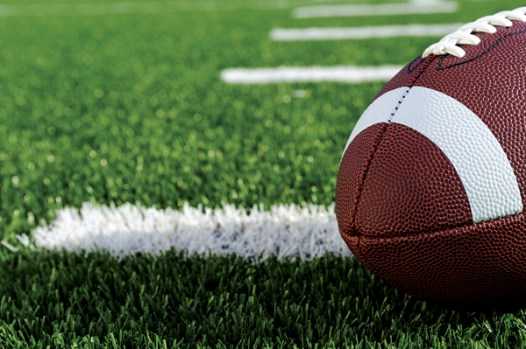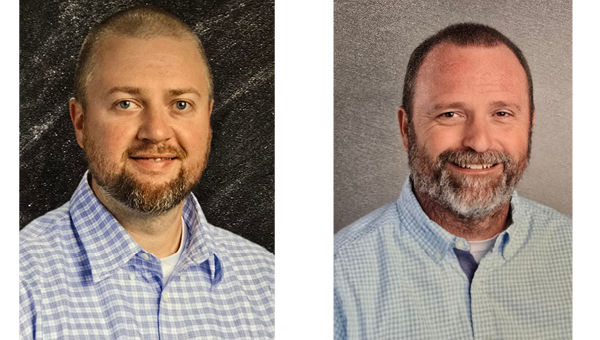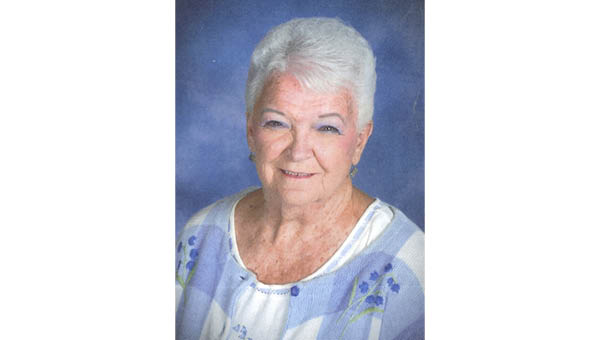Return of football renews fears over more virus spread
Published 4:32 pm Thursday, September 10, 2020
|
Getting your Trinity Audio player ready...
|
BY CARLA K. JOHNSON, ASTRID GALVAN, AND DAVE SKRETTA
KANSAS CITY, Mo. (AP) — Are you ready for some football?
The kickoff of the NFL season Thursday with 17,000 fans in the stadium illustrates the nation’s determination to resume its most popular sport in the middle of a pandemic that has already killed nearly 200,000 Americans.
The topic has led to passionate debates at the state and local level, including whether to allow high school seasons to proceed and how many fans to allow in professional and college stadiums.
While Major League Baseball and the NBA have played without fans, the Super Bowl champion Kansas City Chiefs were allowed to open the season Thursday night against the Houston Texans at 22 percent capacity.
The remainder of the NFL teams starts their seasons Sunday with restrictions that vary by stadium, with some games devoid of fans and others with scaled-back crowd sizes like Kansas City.
Across the country, many high schools have started football, but states like California and Illinois canceled the entire season.
There have been scattered outbreaks among players, including an entire football team and marching band in a small town in Alabama that had to go into quarantine because of exposure to the virus.
Pennsylvania lawmakers have been sparring this week with the Democratic governor over coronavirus legislation that would give individual districts and private schools sole authority to decide how to conduct football and other sports.
For football-obsessed fans, the start of the season is a relief after being cooped up for months — an opportunity to gather with friends at bars, go to games and tailgate parties or head to sportsbooks to place bets.
Sportsbooks are expecting a record-breaking season in terms of the amount of money wagered, driven by a public that’s eager for action after months of lockdowns.
And with each of these gatherings comes a greater health risk.
For fans, watching football on TV can be done safely and is a welcome way “to go back to normal things in our lives that we love and enjoy,” said Ali Mokdad, professor of health metrics sciences at the University of Washington in Seattle.
For players, coaches and fans who venture into stadiums, a safe season hinges on what else people are willing to give up to lower the case numbers and control the level of community spread that could breed problems.
“If we want to enjoy our football, we have to sacrifice, or let go of certain things we used to do before — such as bars and crowded restaurants and places like this where we know the infection is more likely to happen,” Mokdad said.
Kansas City Chiefs president Mark Donovan said that he hopes the opener will send a message to the country that teams can safely return to the playing field during a pandemic.
He and other Chiefs executives had a phone conversation with NFL Commissioner Roger Goodell in which he expressed confidence in the team’s plan.
“The commissioner said it best. He said, ‘You’ve got the best fans in the NFL and I know you’ll take pride in doing this right,’” Donovan said.
“His message to our fans on the call was just that. We need you to do it right. The sport needs you to do it right. And frankly, America needs us in Kansas City to do this right so we can prove that we can do more of this.”
Dr. Amesh Adalja, an infectious diseases expert at the Johns Hopkins Center for Health Security in Baltimore, said the NFL has the resources to protect players by testing them frequently.
He’s more concerned about fans cheering in the stands. Yelling spreads virus particles in the air. Even with a lot of empty seats in a stadium because of capacity limits, fans may need to stand in line for bathrooms or concessions where it’s difficult to stay 6 feet apart.
A few fans could carry home the virus and spread it to the broader community. Trying to stop an outbreak with contact tracing could swamp a public health department.
“You’re going to get cases and exposures,” Adalja said. “At a big event like a football game or a concert, you’re going to have chains of transmission that could get started and you have to have the infrastructure to do the contact tracing. Otherwise, it’s difficult to keep exposures from setting off chains of transmission.”
Athletic Director Jeremy Lewis got a firsthand look at the health risks associated with football gatherings last month when fans at American Fork High School in Utah were disregarding mask and social distancing requirements during a game.
So Lewis grabbed the microphone during a quarter break to tell the crowd that play would not continue until fans complied with mask and social-distancing requirements.
“If you want to attend the game then agree to the policies that are in place,” Lewis said Thursday. “My guess is if the people can’t follow those policies then they’re going to end up not having spectators.”






